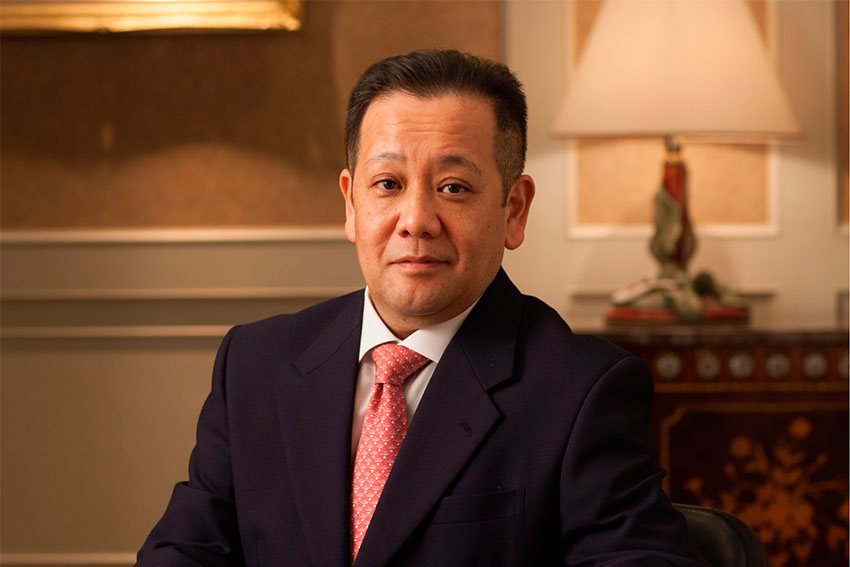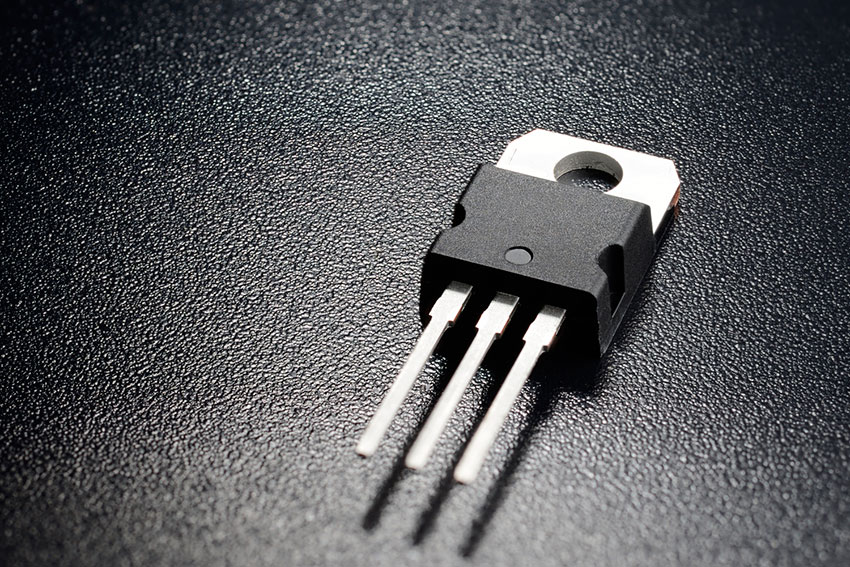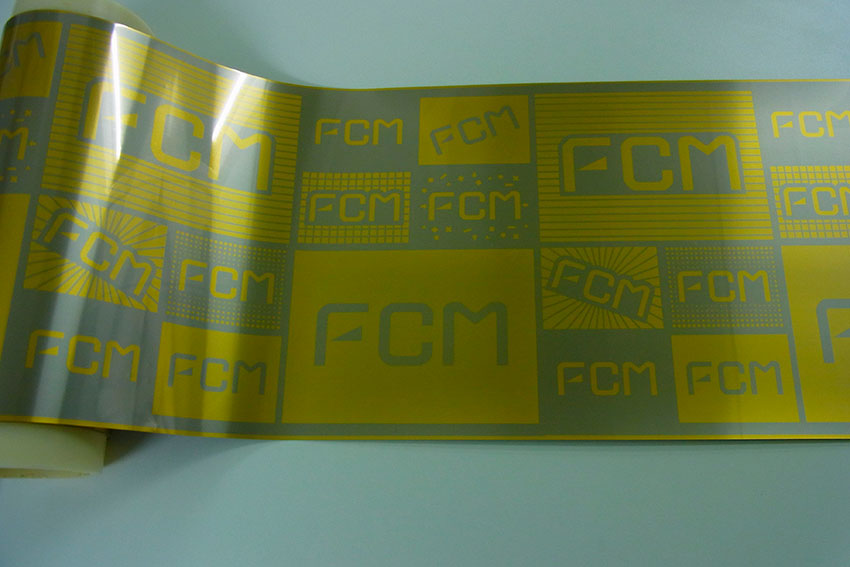With industry-leading product development, analysis, and processing technology capabilities, FCM prides itself as a development-oriented company in the domains of Fine Chemical & Materials as its name suggests

I'd like to hear your thoughts on the core strengths or competencies of your firm and other Japanese makers that set them apart from these competitors today.
People have been saying that Japan has lost three decades, but if that were true, then Japan would have gone bust, which is not the case. Despite the challenges faced by Japanese industry, the Japanese people have kept working very hard over those decades, and their diligence is one of their best features. This is why Japan still survived, even though it has been described as having lost three decades.
What the Asian competitors are doing is mass production, but if they want to produce truly good products, they need to have excellent manufacturing equipment, which is very expensive. For example, we produce interposers, a component for manufacturing semiconductors. That component, which takes 40 steps to complete, is processed and quality controlled within our factory. We specifically designed machines and equipment for each step, unlike our Asian competitors who outsource different components of their product. This I believe, makes us different from them.
Our competitors are not able to procure specific equipment for each step of the production process, so they outsource to other subcontractors. That is why they do not understand what the true quality of the core technology should be. They simply mass produce.
Related to the FCM story, in the semiconductor industry, etching has been used, but we combine it with plating. We combine plating with patterning. That is our expertise. The regular size of semiconductor interposer wiring is 40 microns, but we have achieved 7 microns.
As the size of semiconductors is getting smaller and smaller, we are always under pressure to reduce the wiring in size. We need to keep up with the advancement of technology and knowing that we have all the 40 different types of equipment for each specific step process necessary, we have to constantly upgrade them for continuous innovation.

Ni Plating application examples include: Insulated Gate Bipolar Transistors (IGBT), Busbars, and Relay Terminals
Your firm, FCM, is a great example of the power of integrated technology, given your three core technologies - wire drawing, film, and plating. We're curious to learn more about these technologies, how you integrate them, and the synergies you're able to create.
These three technologies have not yet been integrated. We are working towards achieving that, and there are some combinations of two out of three, but not all three. We run the wire drawing business in our Kyoto factory, and the technology used for wire drawing has not changed for the last 60 to 80 years. However, we continuously try to delve deeper and gain more insights into the most effective wire drawing technology. This is what we have been doing for our traditional business.
On the other hand, we are constantly innovating and keeping up with the latest developments in the cutting-edge fields of medicine, films, and printing. For instance, we work on advanced products such as semiconductors for medical applications.
In terms of the concept, the integration is complete. Our copper wiring technology has remained the same, but we keep exploring it in deeper perceptivity. The other two businesses require us to keep up with changes and innovation, which fosters fusion and new ideas.
Could you share with us the current direction, or focus, of your research and development? What kind of challenges and what kind of breakthroughs you may have had in your efforts to integrate some of your technologies?
Regarding your question about our research and development, our strategy involves both patents and branding. Most especially, we focus on what other companies find too challenging. We aim to take on those challenges with the confidence that our varied equipment will help us achieve our desired outcome. We often receive complex demands from the market, sometimes even indirectly through our competitors. We are delighted to take on such challenges that involve complicated things for us to learn and grow as a company.
We do not view our competitors as rivals but as colleagues in the same industry. We develop a collaborative spirit and establish mutualistic symbiotic relationships with them. As mentioned previously, if we are unable to handle something, we can ask them to work on it.
Another core strength of Japanese manufacturers is this collaborative spirit that some have attributed to the island nation's culture. The importance of working together. Do you have any experience collaborating with overseas companies, and if not, is that something you're open to?
We do have experience collaborating with overseas companies. For example, we developed a nappy sensor product that allows mothers to be alerted when the baby’s diaper needs changing via their smartphone, and we invited companies from China and Taiwan to join us in the development of this product.
Our team members ranged from their 30s to 50s, and they enjoyed working on something that is interesting and fun. We believe that working on something engaging helps to keep them motivated for long-term development. I would say that there were so many things we acquired from this business venture in addition to profit, and that is the knowledge and cultural exchange between the participating countries.

Free Design FCCL
I'm curious to hear more about how this nappy sensor works. Could you tell us more about the advantages of your sensor that's used in these medical applications, and how it works?
The technology used for the water leak test in construction sites is quite common knowledge. We then incorporated this knowledge into our nappy sensors and it was a great success. Here in FCM, plating is normally done on metals and films. We then challenged ourselves by plating on unconventional items: plating on fabrics, papers, and even plastics. We wanted to see if directly plating on the fabric does not cause rough skin. As a result, we were able to make a nappy sensor that is soft on the skin.
I also wanted to ask you about some of the new applications that you're targeting with these kinds of technologies. You mentioned before that one of your core strengths is that you're not afraid of tough work. You've been involved in the semiconductor sector for more than 20 years, which is notoriously difficult, given the high-quality demands. You talked about other sectors with advanced technology like the medical, energy, and automotive sectors. Are there any particular areas that you see as key target applications for your technology as you move FCM into the future?
Is the profitability low? Ultimately, we are looking for challenges taking on businesses that are indispensable to the world, but we would want to seek profit in the long run. I want to find products that are quite unexpected, where people might be surprised to see our technology being used in a certain way.
For example, Sony's PlayStation was launched roughly 20 years ago, and initially, everyone thought it would not be successful because they were targeting children - who would buy it? That's why it took time to launch in the market. Now, the technology in Sony PlayStations is not only used for gaming but also in the medical field. So, there might be unexpected areas where our technology can be used; maybe in the near future, we can dive deep into the metaverse.
Among the areas mentioned before, such as automotive, energy, semiconductor, and medical, is there a particular one that you anticipate will be more profitable, or that you're putting more emphasis on?
I have many ambitions for different applications. For example, in the semiconductor sector, there is great potential in layers, like 13 nanometers, or 170 layers. It is easy to construct multiple layers, but the question is, will it be able to function and operate well. The most difficult part now is creating a mechanism that will focus on inspecting the newly constructed semiconductor with multiple layers and ensuring that it will yield the desired outcome. Therefore, one of our focuses is to produce high-quality components for inspection equipment that will be used for advanced semiconductors.
Also, once global cars are replaced by EVs, drivers will have much more time to do other things since they would not be busy with driving. The sizable appeal of future EVs will not just be the comfortability of transport per see, but also the entertainment space that can be provided. This factor can appeal more to the younger generation. They would highly consider purchasing their cars, as they will deem it necessary once they can have more fun in them.
Could you talk more about your vision for FCM’s continued evolution, especially in regard to international development and overseas expansion? You went to the Philippines in 2018, but how do you see your continued overseas expansion?
We see three risks for international expansion: cultural, geopolitical, and foreign exchange risks. With our current manpower, we cannot address these three risks. We lack the needed expertise, and our training is not fully conducted. When Japanese SMEs establish a factory outside Japan, there usually deploy only a few Japanese people (around three to five) among the factory's 1000 or 2000 hired local workers. However, that cannot happen with our current practice, therefore, the risks are too high for us. We are still unfamiliar with the system, so we are taking our time by getting to know the Filipino people slowly and carefully. We believe that building great human-to-human relationships within the company is crucial for success.
Does that extend to finding foreign customers, or just in terms of manufacturing overseas?
Regarding overseas expansion, we are open to building a manufacturing site and supplying foreign customers with our products. We see a lot of potential in venturing into the global market's needs.
Imagine we come back in exactly five years and we interview you again. What dreams and goals would you like to have achieved for the company by then, that you would like to tell us about in that new interview?
In five years, we want to convert our wire drawing factories from the traditional way to advanced super high technology. We are currently searching for the right place to relocate and build a new factory to achieve this goal.
0 COMMENTS